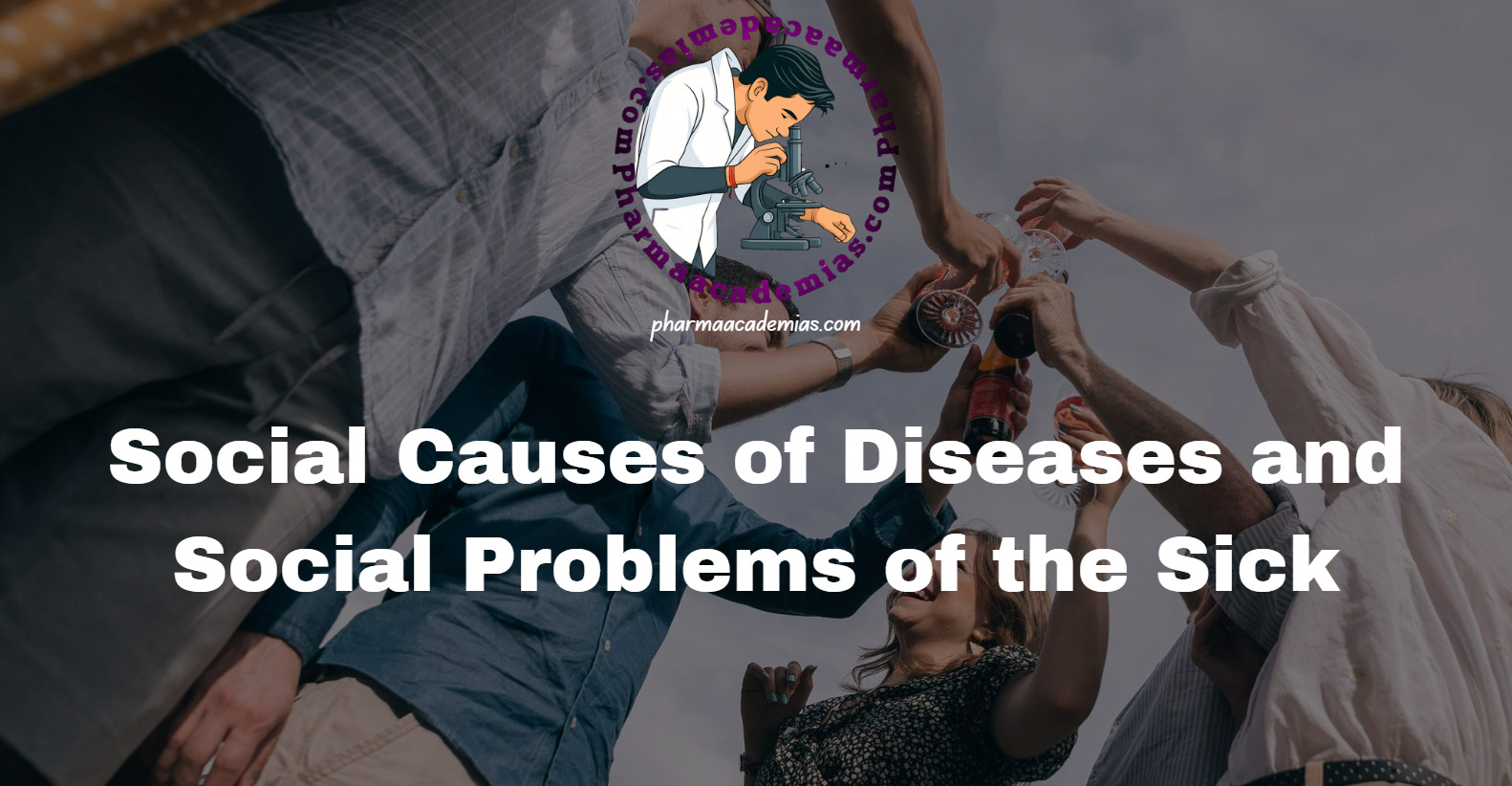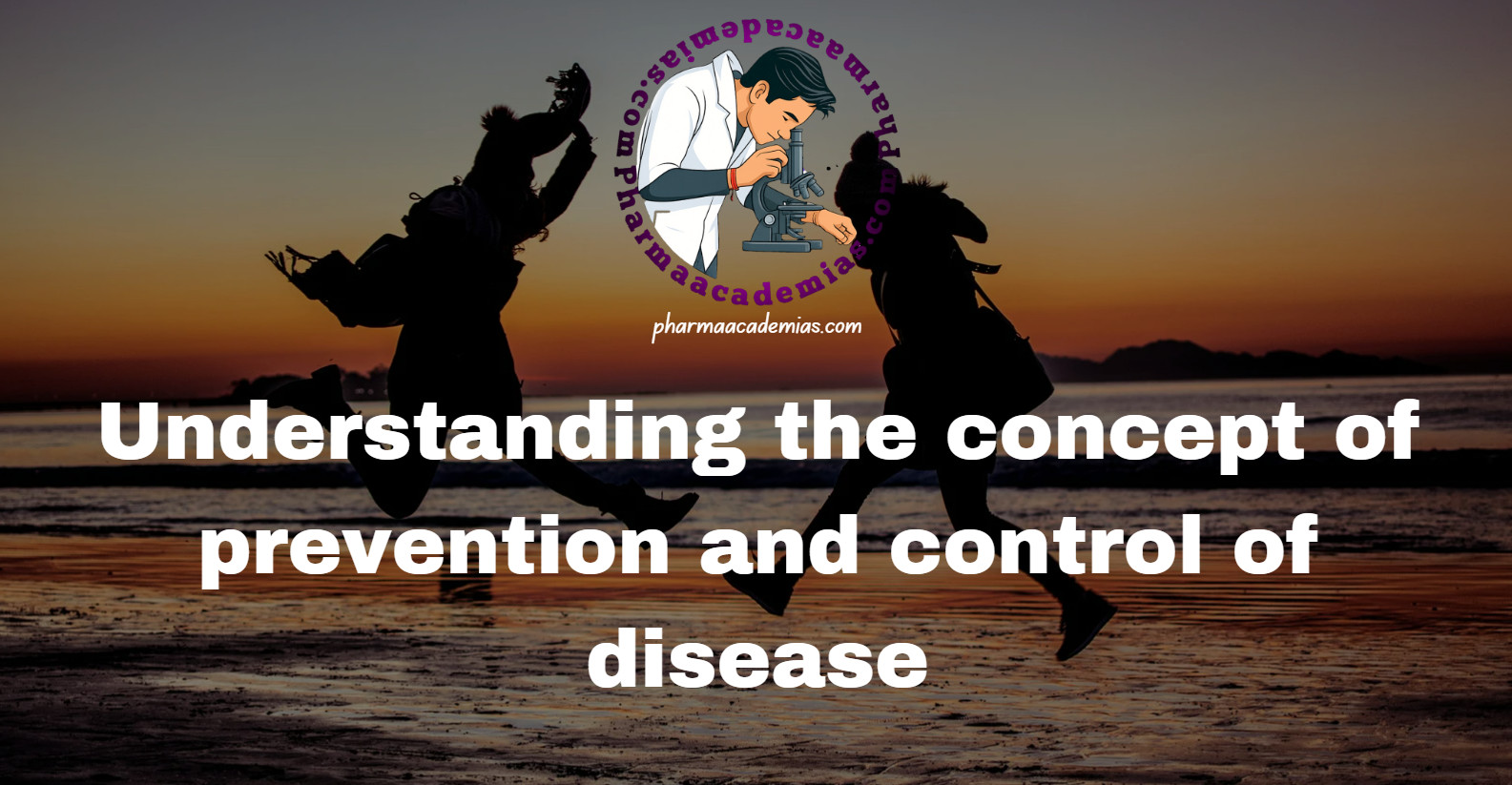Hygiene and Health: Personal Hygiene
Introduction Hygiene and health are fundamentally interlinked domains that together shape an individual’s overall well-being and the health status of communities at large. While health is a state of physical, mental, and social well-being, hygiene refers to the conditions and practices that help preserve health and prevent disease, particularly through cleanliness and sanitation. In this … Read more










